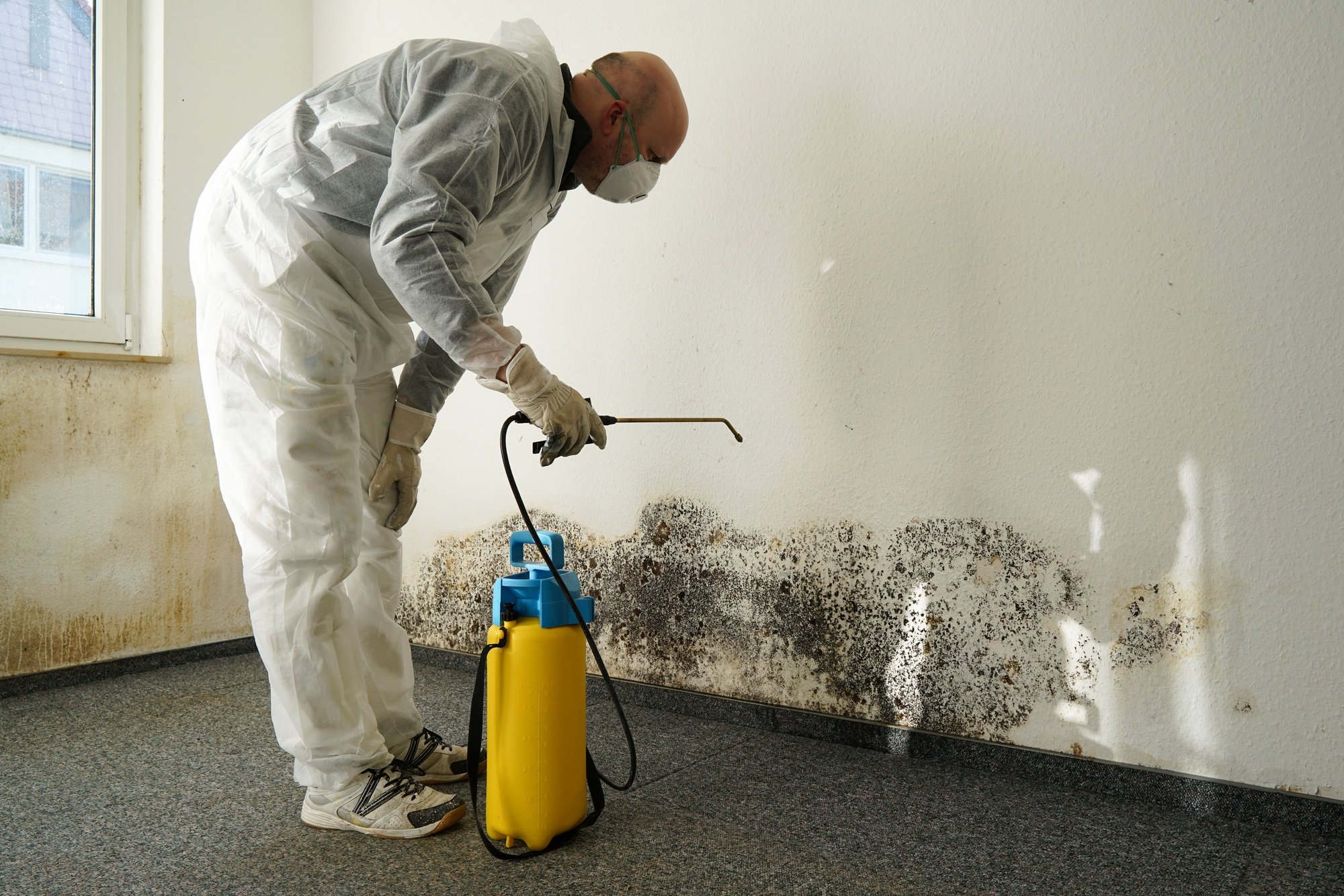What is Post Remediation Verification?
EnviroNix offers post remediation verification (PRV) inspections and testing. Commonly known as "clearance testing," this assessment is conducted by a mold or indoor air quality (IAQ) specialist to determine if the remediation protocol has been followed and if the recently cleaned environment has returned to a healthy and habitable state. According to the IICRC (Institute of Inspection, Cleaning and Restoration Certification), this is referred to as achieving Condition 1 status, which signifies a normal fungal ecology.
The post-remediation verification should always be conducted by a separate third-party company, not the remediation contractor. However, it is often scheduled through remediation contractors or by homeowners themselves.
How Do You Confirm Completion of Remediation?
We adhere to the ANSI/IICRC-approved S520 Professional Guide for Mold Remediation, which defines successful remediation as achieving Condition 1 status (normal fungal ecology). Our PRV evaluations typically follow these guidelines to determine the completion of a remediation project:
How It Works
Step 1:
Conduct a visual inspection to identify any remaining mold and moisture issues.
Step 2:
Collect moisture readings from various locations within the remediated areas to ensure that all building materials have been adequately dried.
Step 3:
Perform a thermal imaging scan of the walls, ceilings, and floors to detect any hidden moisture problems.
Step 4:
Conduct a smell test to ensure the environment is clean and free from unpleasant odors.
Step 5:
If the previous steps are satisfactory, collect air and surface mold samples to ensure microscopic cleanliness of the environment.
Step 6:
Send the samples to an AIHA-approved laboratory for analysis. Results are typically available the following day, although rush sample turnarounds are available for an additional fee. We compare indoor air samples qualitatively and quantitatively to outdoor air samples, while surface samples should show minimal spore levels with no presence of toxic or pathogenic molds.
Step 7:
Issue a final report summarizing our findings and providing any necessary recommendations. If all criteria are met, reconstruction may commence.



